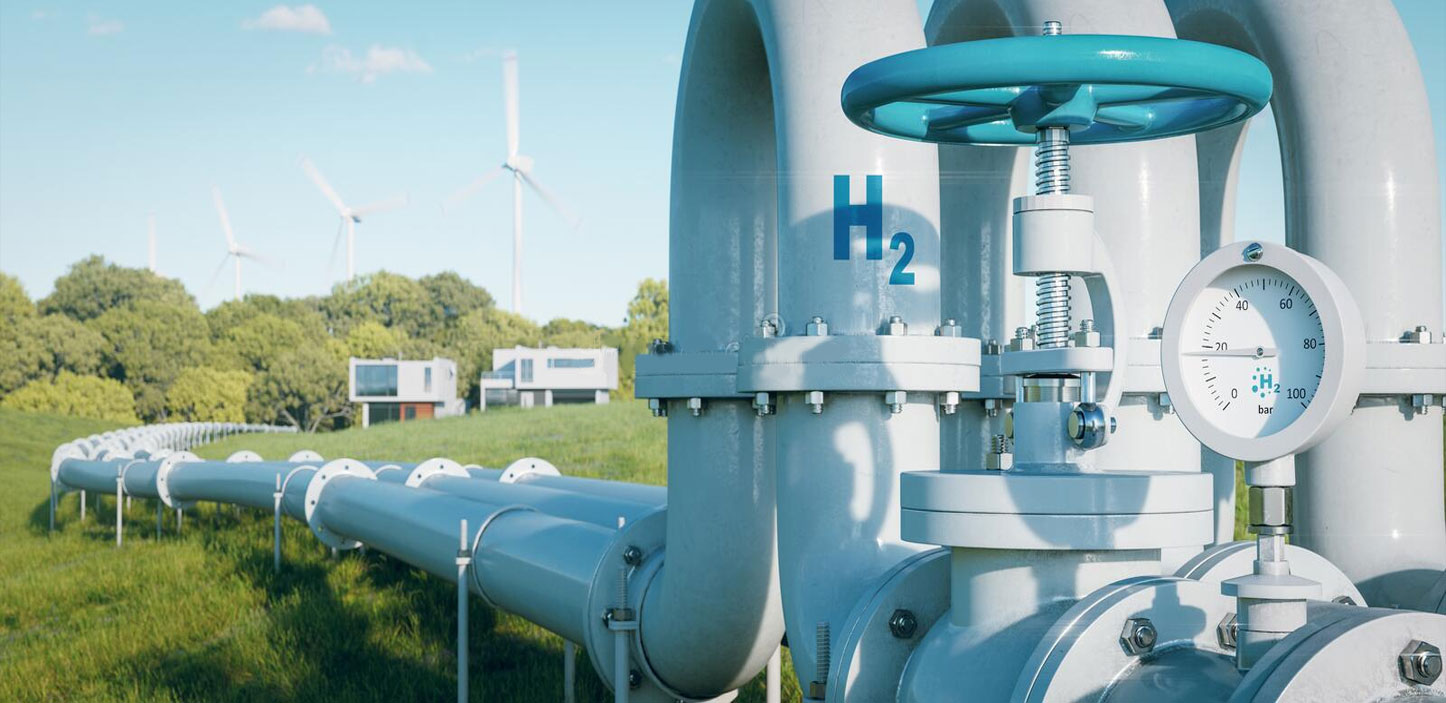India – Potential & Vision for Hydrogen Economy

India – Hydrogen demand potential across end use application sector – 2025, 2030 & 2050 vision

India is uniquely positioned to build a leading hydrogen economy
India has the abundant, low-cost primary energy sources needed to produce low-carbon hydrogen
For electrolytic hydrogen, the country has ample renewable and low-carbon electricity resources, including wind, solar, and hydropower, while nuclear power is gaining grounds in the country and may turn up to be a useful resource as well.. Further, India is developing large-scale renewable power, with forecasts for the costs of electricity production as low as $20-$25 per MWh in 2030.
Utilizing all forms of domestic energy for hydrogen generation increases energy security by decreasing energy imports. Hydrogen can be flexibly generated, which offers consumers the lowest cost of multiple energy sources at any given time and will create economic growth across India, including in regions that are traditionally not energy producers. Furthermore, this flexibility of hydrogen increases the resilience and reliability of the entire Indian energy system.
India home to industrial sector leaders capable of scaling a hydrogen economy
Indian industrial leaders, such as in the petroleum refining and advanced manufacturing industries, have decades of experience financing and managing capital-intensive megaprojects. With the right regulatory support, the Indian companies could mobilize large private investments in hydrogen equipment development, hydrogen production, and distribution infrastructure. In line plans of RIL and Adani Limited have already been launched to ascertain the LCOH of $1 by 2030. Further, a large network of Indian companies are leveraging global expertise in fuel cells, electrolyzer, reformers, and CCS are already helping to bring equipment and production costs down through long-term partnerships.
For Indian transport, H2 is strong low-carbon alternative
India has consistently seen a rise in in trucking industry and has a long haul when compared to global markets. On an average Indians drive more than 10,000 kms per annum. Buyers’ vehicle choices reflect this need for long-distance capability, as sport utility vehicles (SUVs) and crossover vehicles have a projected sales growth of 1 percent per year in the next decade, while a 1 percent decline is projected for passenger cars. Such long distances and preferences for large vehicles favor FCEVs over BEVs.
More from the reports
- Evaluating cost competitiveness of hydrogen production in India
- What would be the key drivers of cost competitiveness in India?
- Hydrogen production break-even costs by end use application globally & anticipated cost built up in India
- Hydrogen distribution of global supply chains w.r.t key demand centers
- Evaluating the utility of hydrogen refueling stations in reducing cost of hydrogen
- Charting the global hydrogen trade environment and evaluating role of Asia-Pacific region in demand built up







